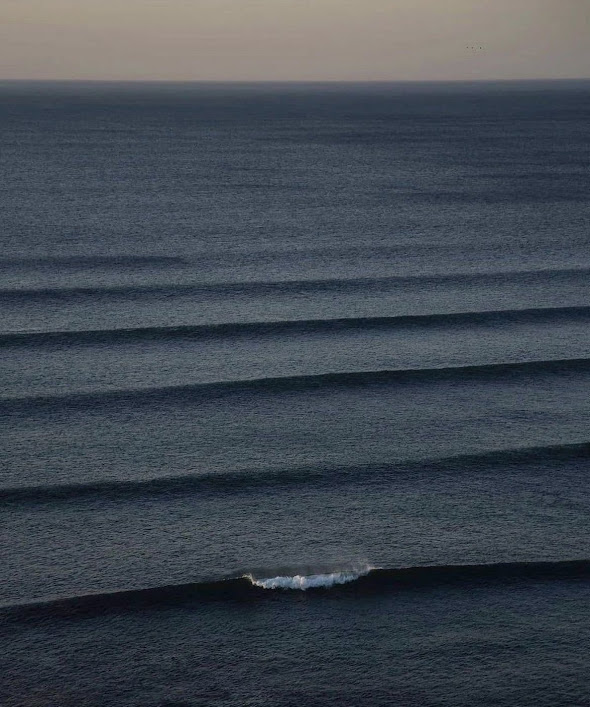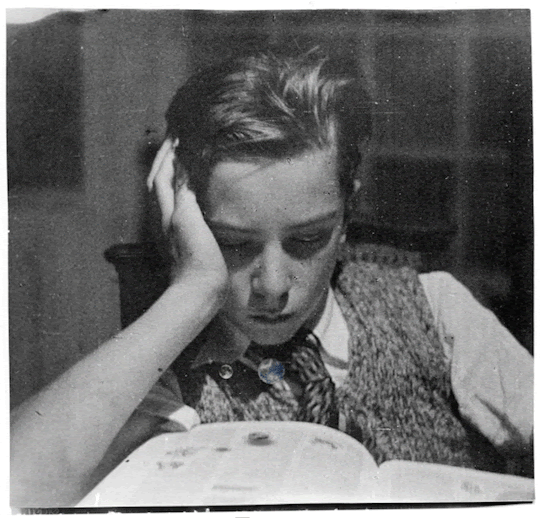
.
It is better not to view a particle as a permanent entity, but rather as an instantaneous event. Sometimes these events link together to create the illusion of permanent entities.
[...] What we observe as material bodies and forces are nothing but shapes and variations in the structure of space.
Particles are just appearances.
The world is given to me only once, not one existing and one perceived. Subject and object are only one. The barrier between them cannot be said to have broken down as a result of recent experience in the physical sciences, for this barrier does not exist.
—Erwin Schrodinger
Quantum Theory
.
"The idealist, in speaking of events, sees them as spirits. He does not deny the sensuous fact: by no means; but he will not see that alone.
He does not deny the presence of this table, this chair, and the walls of this room, but he looks at these things as the reverse side of the tapestry, as the other end, each being a sequel or completion of a spiritual fact which nearly concerns him. This manner of looking at things transfers every object in nature from an independent and anomalous position without there, into the consciousness.
"As with events, so is it with thoughts. When I watch that flowing river, which, out of regions I see not, pours for a season its streams into me, I see that I am a pensioner; not a cause, but a surprised spectator of this ethereal water; that I desire and look up, and put myself in the attitude of reception, but from some alien energy the visions come."
"Dream delivers us to dream, and there is no end to illusion. Life is a train of moods like a string of beads, and, as we pass through them, they prove to be many-colored lenses which paint the world their own hue, and each shows only what lies in its focus. From the mountain you see the mountain.
We animate what we can, and we see only what we animate. Nature and books belong to the eyes that see them. It depends on the mood of the man, whether he shall see the sunset or the fine poem. There are always sunsets, and there is always genius; but only a few hours so serene that we can relish nature or criticism."
"It is very unhappy, but too late to be helped, the discovery we have made, that we exist. That discovery is called the Fall of Man. Ever afterwards, we suspect our instruments. We have learned that we do not see directly, but mediately, and that we have no means of correcting these colored and distorting lenses which we are, or of computing the amount of their errors.
Perhaps these subject-lenses have a creative power; perhaps there are no objects. Once we lived in what we saw; now, the rapaciousness of this new power, which threatens to absorb all things, engages us.
Nature, art, persons, letters, religions, objects, successively tumble in, and God is but one of its ideas. Nature and literature are subjective phenomena; every evil and every good thing is a shadow which we cast. Thus inevitably does the universe wear our color, and every object fall successively into the subject itself. The subject exists, the subject enlarges; all things sooner or later fall into place. As I am, so I see; use what language we will, we can never say anything but what we are."
—Ralph Waldo Emerson
.
















